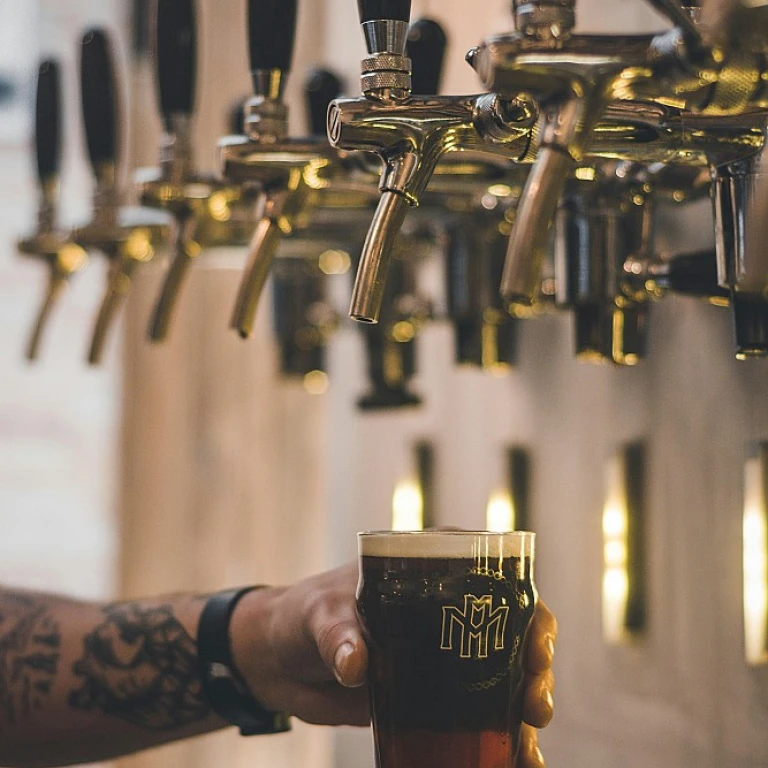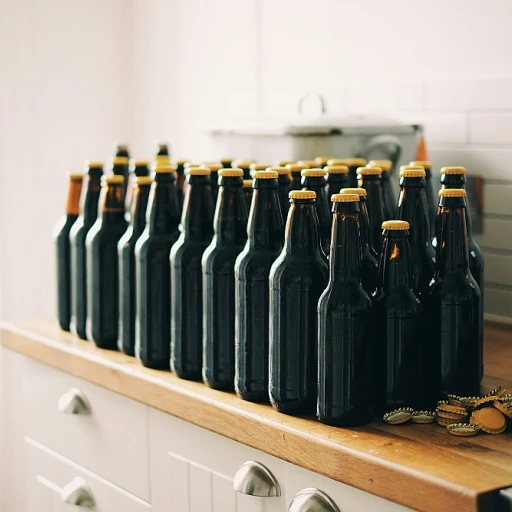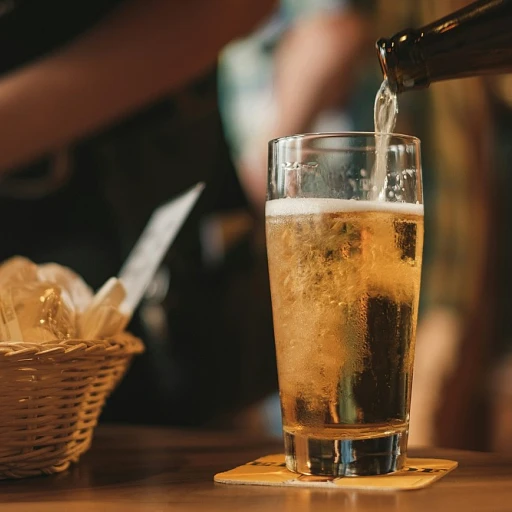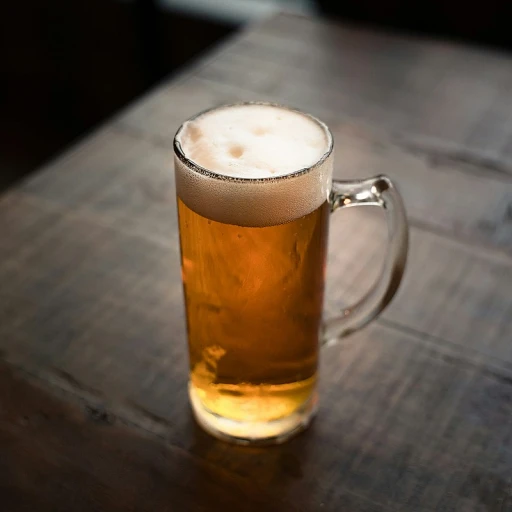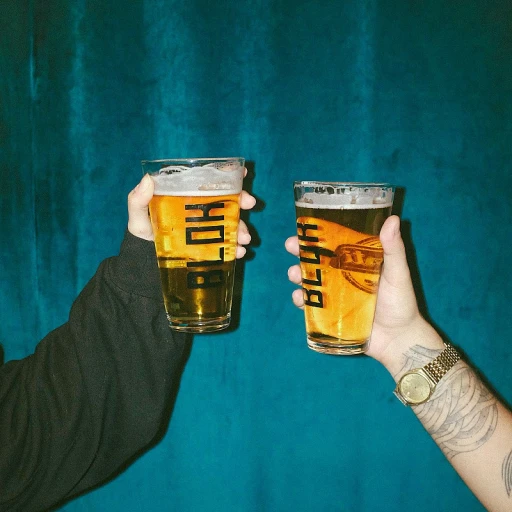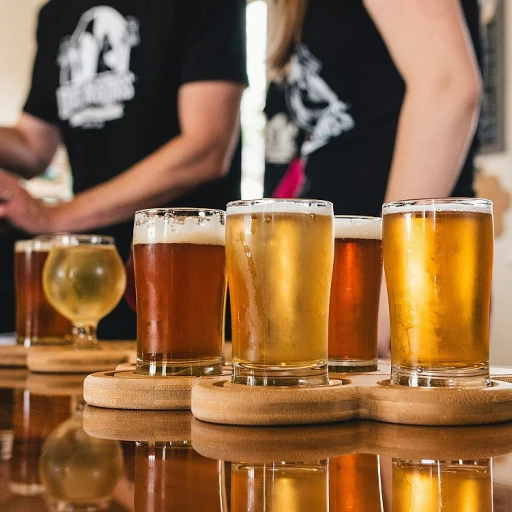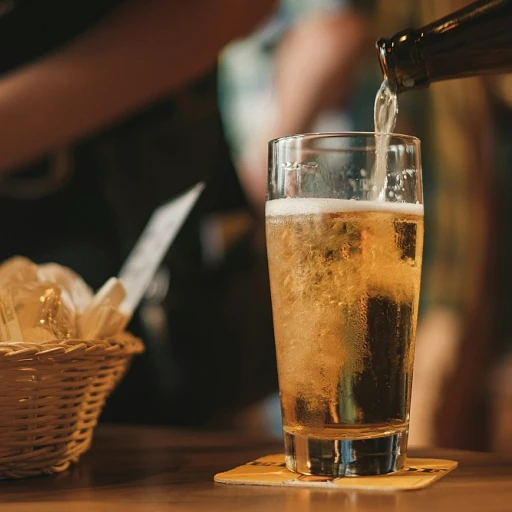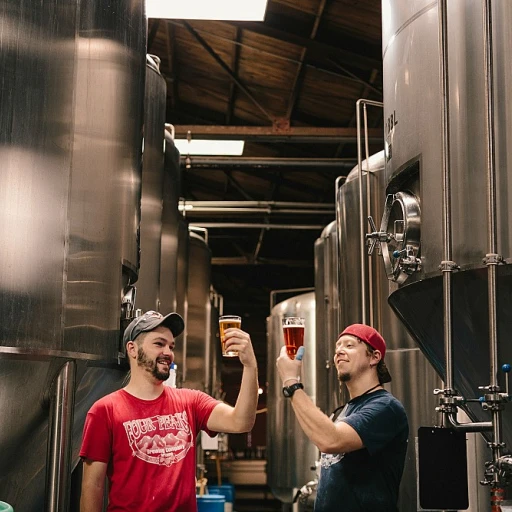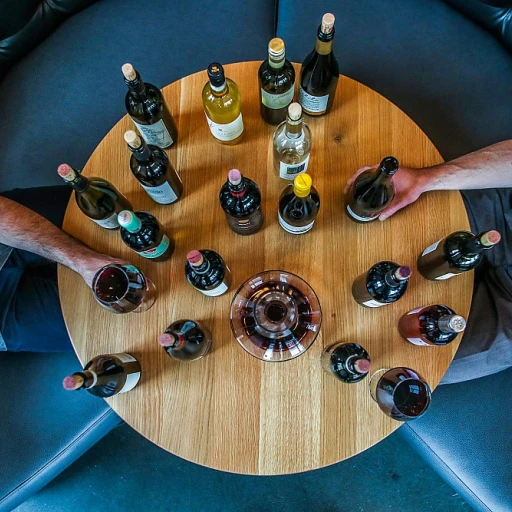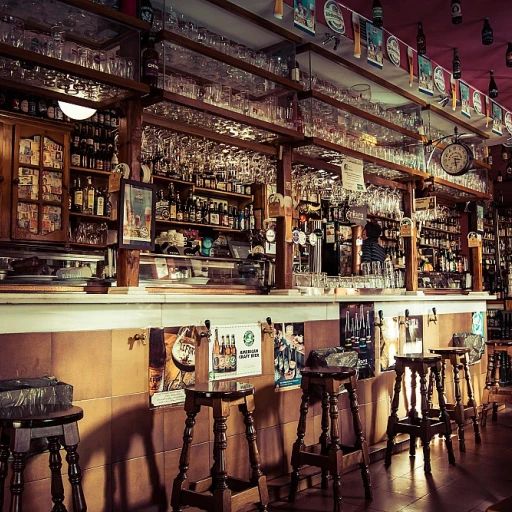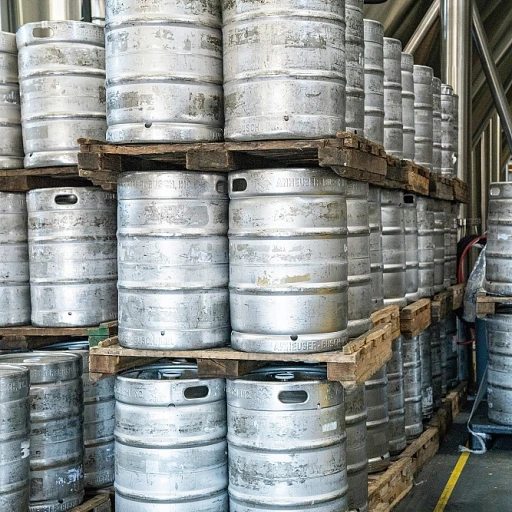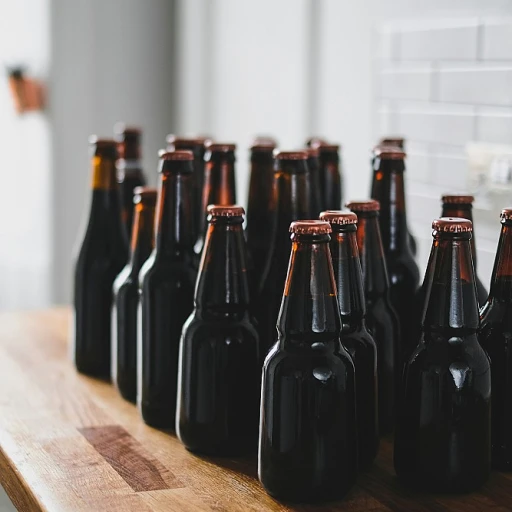
The Basics of Bud Light's Alcohol Volume
Unpacking the Essentials
Bud Light remains one of the most popularly consumed light beers globally, thanks in part to its refreshing taste and moderate alcohol content. The alcohol by volume (ABV) is an important aspect of its appeal, as it offers a lighter alternative compared to many other beers on the market. Bud Light boasts an ABV of 4.2%, placing it within the ideal range for those who prefer milder beers that still deliver enough flavor to be enjoyable.
This moderate ABV not only affects its flavor but also the contexts in which consumers choose to enjoy it. Whether it’s at social gatherings, sporting events, or a quiet evening at home, Bud Light’s reputation for being an easy-drinking lager is supported by its balanced alcohol content. This consideration plays a significant role in a beer drinker’s choice, especially when looking at the broader impact of alcohol content in choosing the perfect beer. For those who are intrigued by different serving methods, exploring the charm of mini kegs can offer a refreshing take on enjoying beers like Bud Light.
A Look at Anheuser Busch's Brewing Process
Anheuser-Busch's Craftsmanship in Brewing Bud Light
The production of Bud Light is a testament to the meticulous craftsmanship and dedication of Anheuser-Busch, a giant in the world of brewing. The company prides itself on using only the finest ingredients, which include a mix of barley malt, rice, water, hops, and yeast. This precise combination not only ensures the beer's distinctively crisp and refreshing taste but also contributes to its specific alcohol by volume (ABV) of 4.2%.
Anheuser-Busch employs a state-of-the-art brewing process that focuses on quality and consistency. The ingredients are carefully selected and sourced, then undergo multiple quality checks to guarantee they meet their high standards. The brewing cycle includes a meticulous mashing process, where the malt is crushed and mixed with hot water, leading to the creation of wort. This sweet liquid becomes the foundation for Bud Light's flavor profile.
During fermentation, the wort is introduced to the carefully cultured yeast, which is instrumental in converting sugars into alcohol and carbon dioxide, giving Bud Light its signature light body and easy-drinking appeal. The beer is then filtered and pasteurized, ensuring its lasting freshness and taste consistency loved by fans across the globe.
For those interested in the broader experience of savoring chilly brew delights, a kegerator can offer a refreshing experience beyond the traditional bottle or can.
Comparing Bud Light to Other Beers
How Bud Light Stands Among Other Popular Brews
When examining Bud Light in the realm of beer options, it’s helpful to consider how it measures in terms of alcohol content, particularly against other popular beers. Bud Light's alcohol by volume (ABV) is set at a modest 4.2%, which classifies it as a light beer. This is on the lower end of the spectrum when compared to most standard lagers and ales.- Lagers vs. Ales: To better understand where Bud Light sits, consider the broader category of lagers versus ales. Lagers, which Bud Light belongs to, typically have a lower range of alcohol content compared to ales. Ales often come with a fuller body and higher ABV.
- Comparing with Heavier Options: If we look at classic lagers like Budweiser, these usually have an ABV around 5%. Some craft beers and IPAs (India Pale Ales) can even boast higher alcohol volumes, reaching beyond 7%.
- International Comparisons: For another lens of comparison, European beers such as Weiss beers might present a unique profile both in alcohol content and taste to help expand one’s palate. For those curious, exploring the world of weiss beer might provide an intriguing point of comparison with American staples like Bud Light.
The Impact of Alcohol Content on Beer Choices
Making Informed Choices
The alcohol content of a beer plays a crucial role in shaping personal preferences and responsible consumption choices. Many beer enthusiasts and casual drinkers opt for brews with varying alcohol concentrations to suit different occasions and moods.
When selecting a beer, the alcohol by volume (ABV) is a key factor to consider. A lighter beer, such as Bud Light, offers a lower ABV, making it an ideal choice for those who prefer a sessionable option that allows for extended enjoyment over multiple servings without the immediate effects of stronger alcohol impacts.
Understanding the alcohol content helps consumers align their choices with the setting or event. For example, people might prefer a beer with low ABV for social gatherings, barbecues, or when planning to include other beverages throughout the session. On the other hand, craft beer aficionados might seek higher ABV options for intensified flavor profiles or special occasions where balance and robustness are appreciated.
Moreover, recognizing the relationship between the point of sales and consumer habits is essential. Breweries and bars might offer a range of beers with varying alcohol contents to cater to a diverse clientele. This variety ensures that everyone finds something that suits their taste palate and desired drinking experience.

